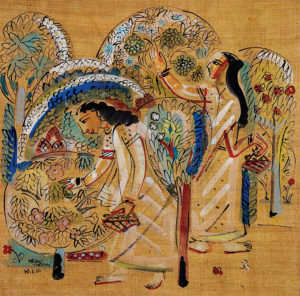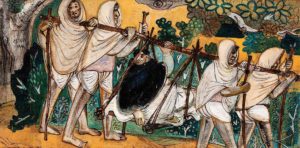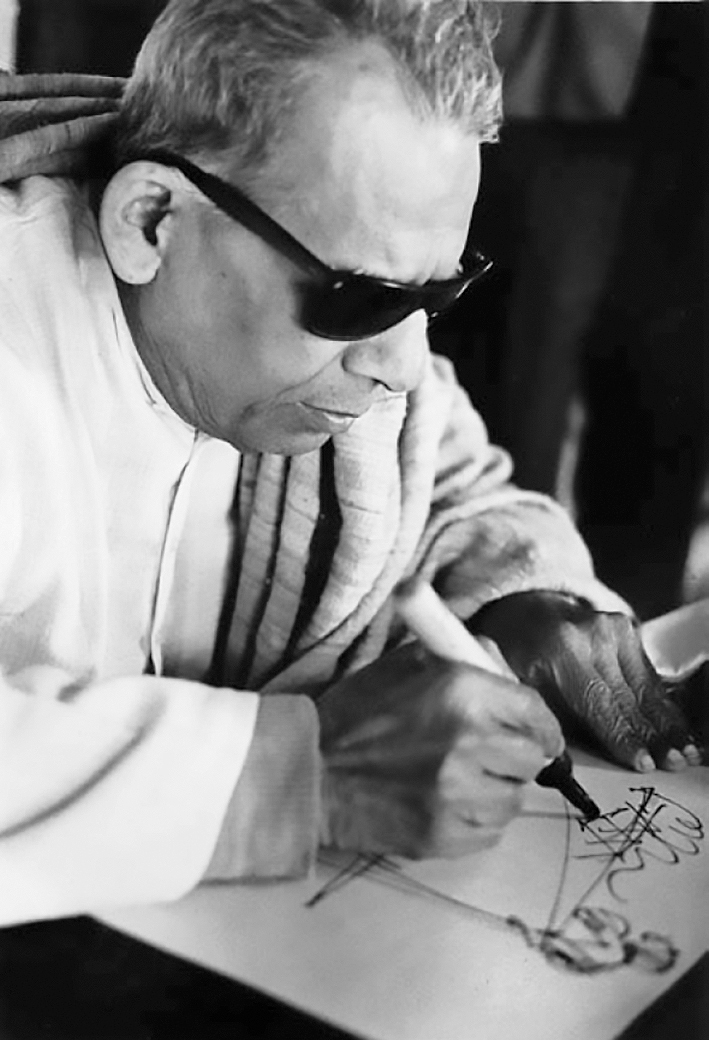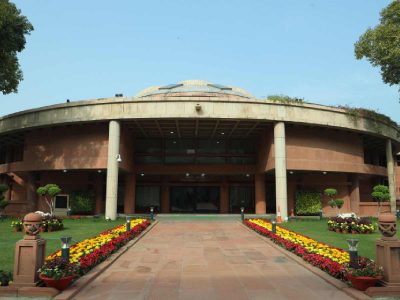This exhibition features more than 100 works of an artist who did not give up on his creativity even after he lost his eyesight and went on to become the first major muralist of India
Blindness is a new feeling. A new experience, A new state of being’. – Benode Behari Mukherjee.
One of the pioneers of modern Indian art, artist Benode Behari Mukherjee is still relevant even after 38 years of his death. Despite losing his sight at the age of 53 after a surgery in 1957, he continued with his work. Nothing could deter him from being creative.
When he became blind, he thought his career was ruptured, but he returned to work in less than three months, inventing new ways of image-making, based on memory and touch, rather than vision. He continued teaching Art History at Kala Bhavana of Santiniketan, while working on paper cuts, drawings, prints and even a mural with some assistance from others.

Moving past his blindness he also wrote some remarkable texts, including a history of the beginnings of modern art education in India, two autobiographical pieces and a few meditations on art, literature and their values in different cultures.
Featuring more than 100 works of Mukherjee, curator R Siva Kumar has put together an exhibition titled ‘Between Sight and Insight: Glimpses of Benode Behari Mukherjee’. Spanning various periods of his life, this exhibition presents Mukherjee through multiple lenses. This includes glimpses of him through his own eye by self-portraits and a selection of intimate sketches of flora that reveal the significance of minute details in his vocabulary, which shows how he saw the world with his limited eyesight.
Blind in one eye and heavily myopic in the other, his impaired vision kept him away from regular schools and it allowed him to spend time in the rural surroundings. This early engagement with local landscape culminated in a set of important hand scrolls and a mural. In them he gives up the conventional idea of landscape as a framed view of aesthetic interest and embraces the local spread of nature in its entirety.

“He made a clean break from the tradition of mythological and historical paintings that stretched from Ravi Varma to the Bengal School artists of his time. He replaced it with an art that brought the subjectivity of the artist to the center of his practice and brought it to bear on the way he looked at the world. In this, he was a pioneer in Indian art. He also drew upon several Eastern and European antecedents to develop an independent style that is internally coherent,” explains Kumar.
“He was the first major, if not the most important, modern muralist in India. His mural, The Life of the Medieval Saints, has been described as the single most important work of the twentieth century. He is an important artist, one of the best among the best. That being agreed, he is not as well recognised as many others who you consider important and that in itself is a good reason for having a major exhibition of his work,” adds Kumar.
So, drop in to see the works of the artist whose indomitable spirit has kept him alive in the minds of all.
The exhibition is on display at Vadhera Art Gallery till February 22.





